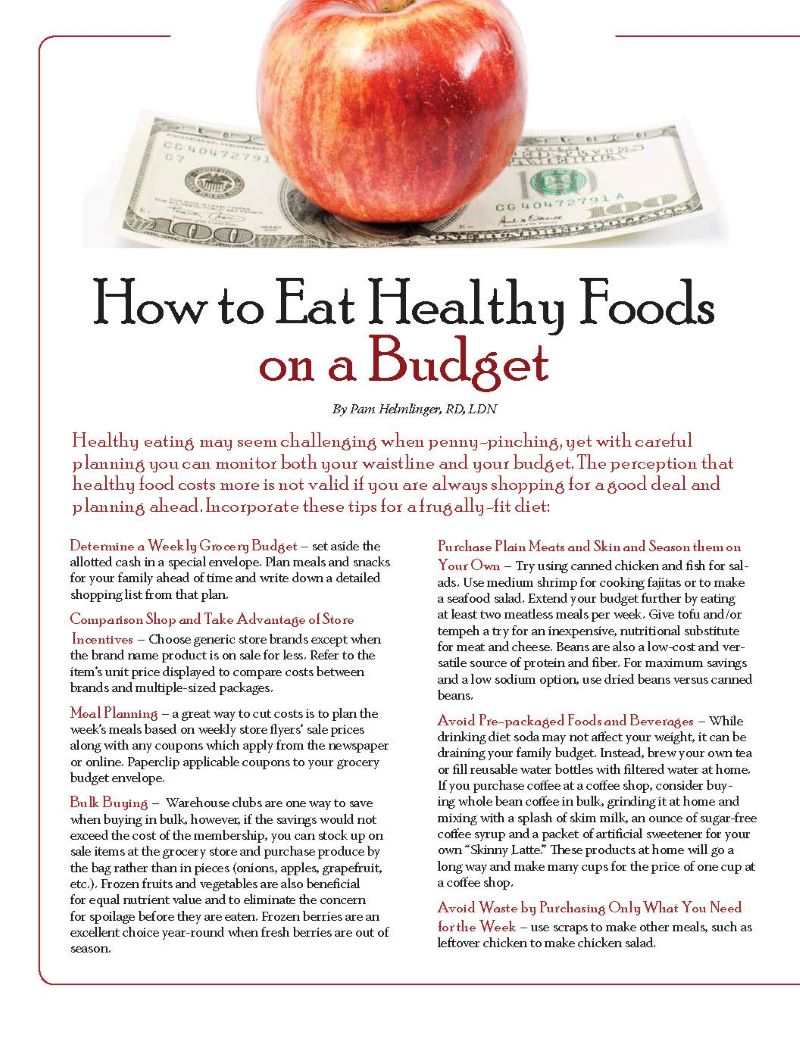
American Heart Association recommends Americans limit their consumption of added sugar to no more than thirty grams per day. This amount is lower for women than men. The majority of these carbohydrates come from fruit, milk and vegetables. Many foods also contain natural sugars, which are added sugars. A eight-ounce soda, for example, contains eight teaspoons. Reduce your intake as much refined sugar as possible to limit your intake.
Although sugar becomes fat when we do not exercise, endurance athletes still need it. It's also good to you, especially if exercise is your main activity. But, sugar intake is important for endurance athletes. If you want to lose weight then high-glycemic food is a good choice. They're recognized as fuel by the body and can be used effectively.

According to American Heart Association, Americans consume on average 625 grams of sugar every day. This is more than the recommended daily intake for any age. Adults should limit their intake to half of their daily caloric requirements, but children only need a small amount: around 25g per day or 6 tsp. Although it is slightly higher than the average, this number is still very high.
Sugar intake can have a negative impact on your health. Studies have linked sugar overconsumption to diabetes, high blood pressure and fatty liver diseases. Try cutting down on soft drinks if you are trying to lower your sugar intake. These foods can be reduced by using a calorie count. A calorie-counter can tell you how many sugars you can safely eat every day.
It is important to limit the amount of sugar you consume daily to no more that five teaspoons. The American Heart Association recommends that men consume a maximum of 20 grams of added sugar per day. This number is based on an average intake of six teaspoons. One teaspoon of sugar can easily add up to 57 grams daily. Some of these foods contain the same amount of calories as one glass of soft drink, while others are low in calories but high in sugar.

The American Heart Association recommends that adults consume at most nine teaspoons of sugar daily. For men, the recommended daily sugar intake is six teaspoons per day. However, most people exceed this amount. A few teaspoons of sugar per day is still plenty to satisfy the cravings, but most people exceed this number. It's best to limit the amount of sugar you eat and monitor your sugar intake. Many people exceed the daily sugar intake, despite the new guidelines.
FAQ
Do I need to count calories
You might wonder, "What's the best diet for me?" or "is counting calories necessary?" Well, the answer depends on several factors including your current health status, your personal goals, your preferences, and your overall lifestyle.
The Best Diet For Me: Which One Is Right?
The best diet for me depends on my current health status, my personal goals, my preferences, and my overall lifestyle. There are many options, both good and bad. Some work well for certain people while others don't. What can I do to make the right choice? What can I do to make the right decision?
These are the questions that this article attempts to answer. The article starts by introducing the many types of diets currently available. After that, you will learn about the pros and disadvantages of each type. Finally, we'll look into how to choose the best one for you.
Let's look at some of the main types of diets to get started.
Diet Types
There are three main types of diets: low fat, high protein, and ketogenic. Let's look at each one briefly.
Low Fat Diets
A low-fat diet reduces the amount of fats you eat. This is accomplished by decreasing the intake of saturated fats such as butter and cream cheese. It is possible to replace these saturated fats with unsaturated ones (olive oil or avocados). If you want to lose weight fast and easily, then a low fat diet is often recommended. This kind of diet could cause problems like constipation or heartburn and indigestion. In addition, it may lead to vitamin deficiencies if a person doesn't get enough vitamins from their food.
High Protein Diets
High-protein diets limit carbohydrates and favor proteins. These diets usually have higher amounts of protein than other diets. These diets are designed to build muscle mass and help you burn more calories. Unfortunately, they can't provide adequate nutrition for those who eat regularly. Also, they tend to be very restrictive, so they aren't suitable for everyone.
Ketogenic Diets
The keto diet is also known as the keto diet. They are high in fat and moderate in protein and carbs. They are typically used by athletes and bodybuilders because they allow them to train harder and longer without getting tired. They do require strict compliance to avoid any side effects like fatigue, headaches, nausea, and headaches.
How can you live your best life every day?
The first step towards living your best life everyday is to find out what makes you happy. Once you have a clear understanding of what makes you happy you can go backwards. You can also ask others how they live their best lives everyday.
You can also read books like "How to Live Your Best Life" by Dr. Wayne Dyer. He talks about how to find happiness and fulfillment at all stages of our lives.
What can you do for your immune system to improve?
There are trillions upon trillions on cells in the human body. These cells collaborate to create organs, tissues and other functions. A cell that dies will be replaced by another. Cells communicate with one another using chemical signals called hormonal hormones. Hormones regulate all bodily processes, from growth and development to metabolism and immunity.
Hormones refer to chemicals produced throughout the body by glands. They travel through the blood stream and act like messengers to control how our bodies function. Some hormones are produced internally while others are made outside of the body.
The hormone-producing glands release their contents into bloodstream. This is when hormone production starts. Once hormones are released they move through the bloodstream until they reach their intended organ. Sometimes hormones stay active for only a short time. Some hormones remain active for longer periods of time and can continue to have an impact on the body's function long after they are gone.
Some hormones may be produced in large numbers. Others are produced in smaller amounts.
Some hormones only are produced during certain periods of life. For example, estrogen is made during puberty. Estrogen aids women in developing breasts, maintaining bone density and preventing osteoporosis. It is also known to promote hair growth and keep skin soft and smooth.
How can you live a healthy life?
Living a healthy lifestyle involves eating right and exercising regularly. Healthy eating means avoiding sugary and processed foods. Exercise is good for your body and muscles. You can improve your memory and concentration by getting enough sleep. Stress management reduces anxiety, depression and other symptoms. Fun keeps us happy and healthy.
What should I eat?
Eat lots of fruits and vegetables. They are rich in vitamins that can strengthen your immune system. They are also rich in fiber, which is good for digestion and makes fruits and vegetables filling. You should eat at least five servings per day of fruit or veg.
Water is essential for your body. Water flushes toxins from the body and gives you a full feeling between meals. Drink about eight glasses each day.
Refined grains should be replaced with whole grains. Whole grains contain all of their nutrients, including B vitamins and iron. Refined grains have been stripped of some of their nutrition.
Avoid sugary drinks. Sugary drinks are high in empty calories and can lead to obesity. Instead, you can opt for water or milk, as well as unsweetened herbal teas.
Avoid fast food. Fast food has little nutritional value. It may taste great but it won't give you the energy you need to function properly. Stick to healthier options such as salads, soups, sandwiches, and pasta dishes.
Try to limit alcohol intake. Avoid alcohol as it can cause empty calories and poor nutrition. Limit your intake of alcohol to two drinks per week.
Red meats should be avoided. Red meats are high in saturated fat and cholesterol. Lean cuts of beef or pork, lamb and chicken, as well as fish, are better choices.
Exercise: Good and bad for immunity?
Exercise is good for your immune systems. Exercise boosts the production of white blood cells, which can fight off infections. Your body also gets rid of toxins. Exercise helps to prevent heart disease and cancer. Exercise can help reduce stress.
However, overtraining can damage your immune system. If you work out too hard, your muscles become sore. This can cause inflammation and swelling. Your body will then produce more antibodies in order to fight infections. These extra antibodies can lead to allergies or autoimmune disorders.
So, don't overdo it!
Statistics
- According to the 2020 Dietary Guidelines for Americans, a balanced diet high in fruits and vegetables, lean protein, low-fat dairy and whole grains is needed for optimal energy. (mayoclinichealthsystem.org)
- nutrients.[17]X Research sourceWhole grains to try include: 100% whole wheat pasta and bread, brown rice, whole grain oats, farro, millet, quinoa, and barley. (wikihow.com)
- WHO recommends reducing saturated fats to less than 10% of total energy intake; reducing trans-fats to less than 1% of total energy intake; and replacing both saturated fats and trans-fats to unsaturated fats. (who.int)
- In both adults and children, the intake of free sugars should be reduced to less than 10% of total energy intake. (who.int)
External Links
How To
What does the term "vitamins" mean?
Vitamins are organic substances found naturally in food. Vitamins allow us to absorb nutrients from food. Vitamins cannot come from the body so food must provide them.
There are two types if vitamins: water soluble, and fat soluble. Water-soluble vitamins dissolve in water easily. Some examples include vitamin C,B1 and B2 vitamins (thiamine), B2 and riboflavin, B3 and B6 vitamins (niacin), folic acids, biotin, pantothenic acids, and cholesterol. Fat-soluble vitamins can be stored in the liver or in fatty tissue. You can find vitamin D, E K, A, beta carotene, and other fat-soluble vitamins.
Vitamins can be classified by their biological activity. There are eight main groups of vitamins.
-
A - Essential for healthy growth and health maintenance.
-
C - important for proper nerve function and energy production.
-
D – Essential for healthy teeth, bones and joints
-
E is needed for good reproduction and vision.
-
K - required for healthy muscles and nerves.
-
P - essential for strong bones, teeth and tendons
-
Q - Aids digestion and iron absorption
-
R – Required for the formation of red blood vessels.
The recommended daily intake (RDA), of vitamins varies with age, gender and physical condition. The U.S. Food and Drug Administration has established the RDA values.
For adults aged 19 and older, the RDA for vitamin B is 400 micrograms daily. Pregnant mothers need 600 micrograms per days because it is vital for the development and growth of their baby. Children ages 1-8 require 900 micrograms per day. Children under 1 year old require 700 micrograms daily, while infants over one year old need 500 micrograms every day. This decreases between 9 and 12 months.
Children ages 1-18years who are obese need 800 micrograms per day while those who are overweight need 1000 micrograms per day and children who are underweight need 1200 micrograms per day to meet their nutritional needs.
2200 mg of vitamin A per day is required for children aged 4-8 who have been diagnosed by anemia.
2000 micrograms are required daily for good health in adults over 50. Because of their higher nutrient needs, women who are pregnant or nursing need 3000 mg per day.
Adults over 70 require 1500 micrograms each day, since they lose around 10% of their muscle mass every decade.
Women who are pregnant and lactating need more nutrients than the RDA. Pregnant and breastfeeding women require 4000 micrograms each day during pregnancy and 2500 Micrograms each day after delivery. Breastfeeding mothers need 5000 mg per day when breastmilk is being produced.